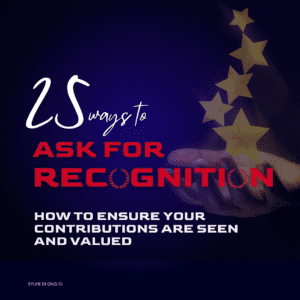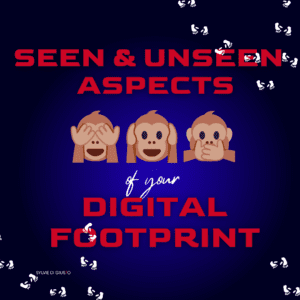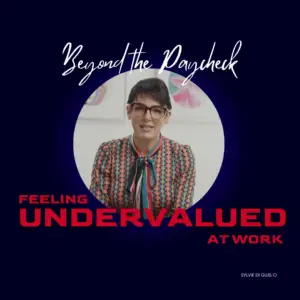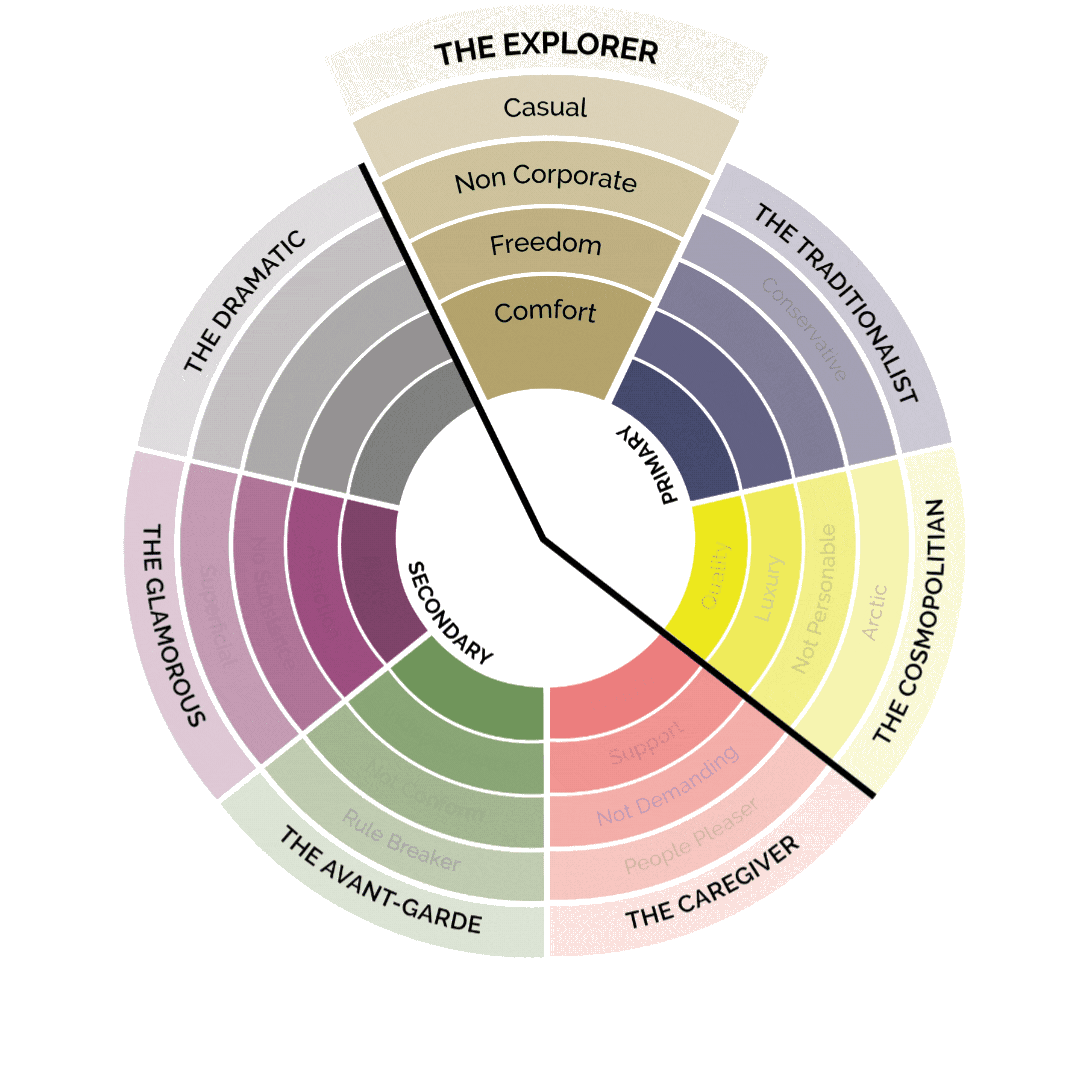Effective Communication—Executive Presence in times of COVID 19
Does going back into the workplace wearing a face mask feel daunting? Are you unsure how you’re going to express yourself even while having your nose and mouth covered for public safety? It’s no surprise that during the past weeks, I’ve received several questions related to wearing a face mask at work and its impact on the first impression we make on others.
Many of us worry about how we can express ourselves while having a pretty substantial part of our face covered. However, before I dive into this topic, I want you to know that there are other additional questions you need to ask yourself –and your employer– to better understand what face coverings can and cannot do for you and what your company expects from you.
Will your employer provide the masks? Or are you free to choose whatever you want? Do they expect you to wear a specific type of mask? And do you have to wear a mask all the time, or only when meeting with others? What if other employees refuse to wear one? And how about your clients? Does your company require them to wear masks too, and if so, how are you supposed to react if they don’t?
So, make sure to find out about your company’s “face mask policies” in detail. And at the moment, I highly recommend that you follow these guidelines and your employer’s expectations, no matter how YOU personally “feel” about wearing a face mask at work or not. In the end, if wearing a mask is necessary to keep members of our company, your communities, and people globally, healthy, safe, and at ease, it is a small sacrifice in our places of work.
In fact, wearing a face mask at work could become a new NORM, many of us might be facing. And quite certainly, there is no doubt that hiding a significant part of your face has an impact on how we present ourselves and what non-verbal and verbal messages we send to the world.
Several studies have already been done to look into how well we can read others’ emotions while wearing face masks. For example, a German scientist showed participants of his study different faces showcasing a variety of emotions from angry, scared, happy, sad, disgusted, or neutral. Reading these emotions was heavily impacted, and they explored two significant problems:
- First, the reading of some emotions was completely false: for example, anger has often been interpreted as disgust.
- And second, other emotions have been labeled as “neutral,” although participants expressed joy or sadness underneath their masks.
So, the way we communicate certainly has to shift as we mainly rely on the mouth area at the moment — and misunderstandings are pre-programmed if this area is covered.
Luckily for us, though, while the mouth and lips are critical for communication, so is our entire body language. The way we gesture our hands, our posture, the tone and volume at which we speak, the way our eyes and eyebrows move, and even the changes in our face color while we are interacting with others — all send communication signals.
So, here are some tips on how to impress — even if your glowing smile is not visible at work:
Make smart face mask choices
…if you can. Obviously, if your employer chooses the masks, you do not have the luxury of choosing your own ones. However, if you do, make sure to put some thought into which mask you are going to wear at work. And beyond that, have options! If you have several different masks – in your car, at your desk, in your bag — you will first never find yourself in a situation where you need but don’t have a mask, and second, you will have masks for different occasions.
Remember, colors, fabrics, patterns, style – they all become part of your first impression and do send a signal— a very loud one— since the mask is positioned in a quite prominent space.
So, for example, while wearing a face mask at work with a fun slogan, cartoon, or a huge smile printed on it may be lighthearted and make you look more approachable, it is not your ideal mask for a serious business meeting when you negotiate the next big deal for your company, or you have an important in-depth one-on-one coaching session with one of your team members. Instead, find a neutral-colored, comfortable, and breathable option for those occasions, and one that won’t cause you to sweat uncontrollably or to breathe heavily while you are talking or presenting.
If being approachable and fun, however, is a huge part of your position and personal style, then maybe it’s a good idea to make a pin or button with your smiling face on it — so that whoever interacts with you can see your entire face! It allows people to visualize your facial expressions better and make you seem more “human.”
This idea was first started in the medical space as doctors and nurses working with COVID patients were required to cover up the majority of their faces. This tactic was able to ease patients’ minds and connect deeper with their caregivers. Maybe it’s something you could do on a day-to-day basis in your office too.
Also, keep in mind that at least 5% of the world’s population has disabling hearing loss. For deaf and hearing-impaired people, reading others’ lips and facial expressions is a crucial part of their communication. Face masks in the workplace are a complete disadvantage for them.
Is somebody in your workplace hearing impaired? Then make sure to acknowledge that, be respectful, and have a see-through and clear mask in your repertoire too. In fact, maybe this could be a general solution for you. Because for those who are concerned about losing their facial expressions, a see-through mask is probably your best and easiest way to get past this obstacle.
Exaggerate your facial expressions and body language when wearing a face mask
Yes, the mouth and lips are a major starting place for our facial expressions, and with those covered, some can feel as though they cannot get their true emotions across. However, our eyes, forehead, eyebrows, posture, and head positioning also say so much about our emotional expression. If utilizing your mouth is limited, put more reliance on the OTHER ways you can express yourself.
A great place to start is working on your eye contact. By holding eye contact for longer, you may see more success in communicating your emotions and feel as though you are being understood, even through your mask. However, be careful, as this is not a one-size-fits-all formula. The norm for emotional expression and eye contact etiquette differs between the United States and other countries around the world, for example, in Asia. Some very traditional religious groups even consider long eye contact between men and women as inappropriate, threatening, or flirtatious. So always keep in mind — best possible — who you are approaching.
Also, practice engaging your eyebrows more often and stronger. Your eyebrows can showcase a variety of different moods and emotions. They can communicate the extremes of aggression and fear or surprise and happiness. Yet again, don’t think that your eyebrows alone can send these messages. It’s always a combination of signals. For example, you should articulate with bigger and stronger hand movements, which also can accentuate the points you are trying to get across.
Needless to say, though, if you cover your eyes and eyebrows with sunglasses — for example, if you have an outdoor business meeting — you really take away any chance for others to read your emotions accurately.
Increase your voice volume and slow down when wearing face mask
I cannot deny that, yes, it is harder to understand someone when they are wearing masks. Everyone’s voice in a mask is diminished, muted, and muffled. This can lead to less effective communication, making it harder for others to understand us. So our instinct is to speak louder, which is great and necessary – however also very difficult because if not done right, it impacts our breathing, which is challenging underneath the mask anyway. However, correct breathing is crucial for clear communication and your voice. Only a voice that’s well supported by breath has the sound of authority.
Also, while so many of us are used to talking quickly, this is not a luxury we have when wearing a mask. For the best communication possible, yes — speak up — but also slow down. Speaking through the mask requires more concentration, forcing us to slow down and pause more frequently. The power of the pause is all the more important with a face mask.
Now, some of these changes may not happen overnight, but practice makes for consistency. So, wearing your mask at home for short periods of time per day can get you in the habit of wearing this extra accessory and still feeling like yourself. Practice talking in your mask; even record yourself on your phone and play it back to hear exactly how your voice comes through with a layer of fabric over your mouth. This will help you to get used to wearing, speaking, and breathing in your face mask at work.
Don’t complain about wearing a face mask
Please, just don’t. I know we all need to vent our frustrations from time to time. We need to talk about our feelings, including our challenges and struggles. And this is fine with your small and trusted circle of family members or friends. However, at work, it can easily slip into excessive complaining or gossip—and that can be a slippery slope.
Yes, wearing a mask all day long at work may be difficult for us to get used to. However, the truth is that people don’t perceive you as a leader if you behave like a victim.
So please always remember, the face mask is not “only” bad! Instead, by complying with the use of face masks, you show that you lead by example, that you care, that you respect others, and that you are willing to protect your health, the health of your family, the health of your co-workers and clients, and the health of strangers all over the world — even if science doesn’t have all the answers yet.
Also, remember that wearing face coverings is not new to all of us. Many jobs, from healthcare professionals to chemical laboratory assistants to construction workers, required to wear a face mask all the time. Or, in many parts of the world, millions of women wear veils or entire body coverings — all day —every day. It might not be part of your industry, your profession, your culture, or your religious beliefs to wear such attire; however, if people all over the world can do it, so can we!
Finally, for those who may be interviewing during this time, trying to find a new job, hoping for a promotion, or just in general working on making a positive first impression, the face mask says a lot about you.
Those who are seen in masks are automatically assumed to CARE. To be empathetic, to value the health of humanity, and to take good care of their own health. At the end of the day, leaders in companies want to see one thing: that their employees CARE.




